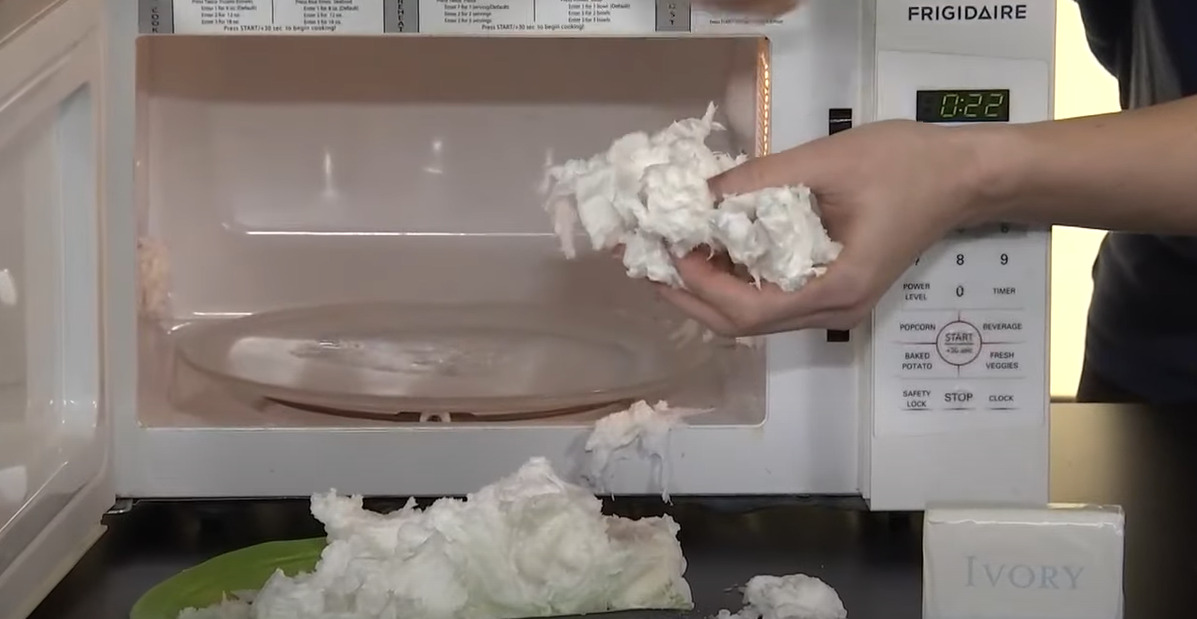So making a heat-powered turbine sounds complicated, right? Not as complicated as you may think. Today, we are going to show you how some candles, tin foil, and a wooden stick can create a turbine. Take a guess of how you think this might work, then watch the full segment below to learn more.
Materials to Collect
- Paper plate
- Wooden skewer
- Clay or Play-Doh
- Piece of aluminum foil
- One or two tea lights
- Scissors
- Tape
Try it!
- Start by taking a clump of clay or Play-Doh and putting it on the plate. Then, stick the skewer in the clay with the pointy side up.
- Next, cut a circle out of the aluminum foil, about 6” across.
- Starting on the outside of the circle, cut inward toward the middle, going around until you reach the center.
- When you uncurl it, you should have a spiral.
- Carefully balance one end of the spiral on the point of the skewer. OPTIONAL: Adhere a small piece of tape to the end of the foil to keep the skewer from poking through the foil. (This part may be tricky; don’t give up!)
- Next, place the tea lights next to the clay under the spiral.
- Carefully light the tea lights and watch the spiral spin! (Have an adult help with this!)
What is the Science?
The foil spins because hot air rises. As the flame from the candles heats the air around it, the much warmer air rises upward. As it moves, it pushes against the foil spiral. Because the foil is so light and is balancing on the end of the skewer, it moves easily, spinning as the warmer air moves past it.
This is the same reason we have wind! As warmer air in an area rises, cooler air rushes in to take its place. We experience this movement of air as wind.
Ask Your Young Scientists
- What do you think is making the foil move?
- Do you think the shape of the foil is important?
More to Explore
- Try using only one tea light. Does it make a difference in how fast the foil spins?
- Try different designs for your foil. Can you make a design that spins faster?
- Try moving the candles closer or farther from the spiral. What differences do you see?
If you try any of these experiments, we want to see them. Share your pictures and videos with us by using the #ScienceAtPlay and tagging @CTScienceCenter.
This content was made possible in part by the Institute of Museum and Library Services.

Andrew Fotta is a STEM educator at the Connecticut Science Center. He has currently holds a CT teaching certification for grades K-6, and has spent time in the classroom in nearly all grades, and taught middle school science. In addition to teaching classes for the Science Center, Andrew is also part of a team of educators currently creating new programs aligned with the new Next Generation Science Standards for grades PreK-9. Andrew is an avid photographer, who enjoys blending science and art in his work.



